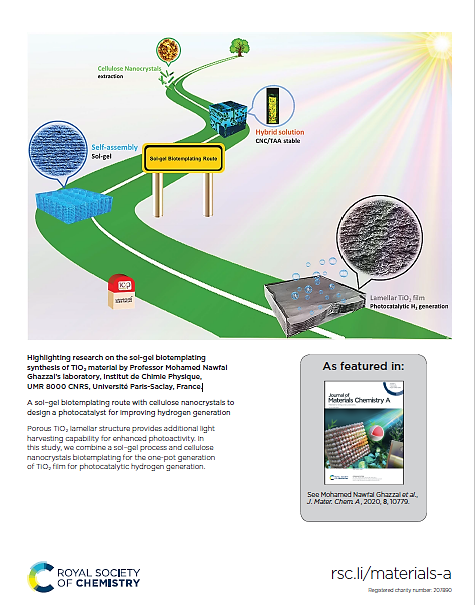Congratulations to Marija Knezevic who received the best poster prize at the Conference Applied Light-Matter Interactions in Perovskite Semiconductors 2021 for her work on “Charge-carrier dynamics in CsPbBr3-yXy/TiO2 (X = Cl, I) heterojunction at variable time scale”. Well done Marija!
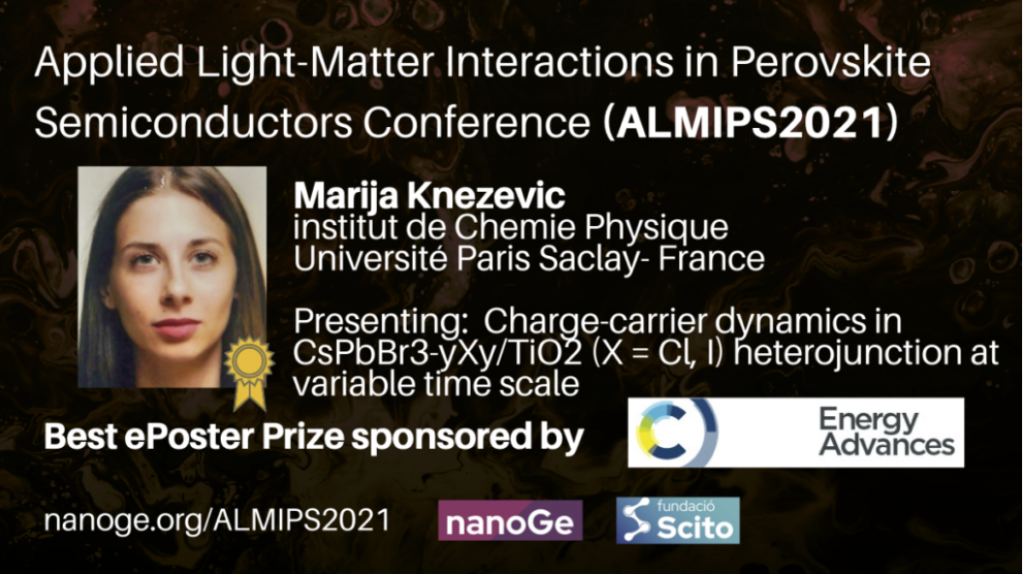
Cellulose nanocrystal self-assembly in titanial sol: toward novel nanostructured TiO2
In this work, a dynamic observation of the self-organization process of CNCs in confined titania-sol microdroplet is reported. The isotropic-to-cholesteric transition undergoes nucleation, coalescence, and migration of tactoids through two coalescence mechanisms, namely, “head-to-tail” and “side-to-side” types. The solubility and self-organization of CNCs in titania-sol enable a successful transfer of the chiral (Ch) nematic structure into hybrid TiOx/C microspheres. TiOx/C microspheres show higher photocatalytic H2 generation compared to TiO2-P25. This work adds to the understanding of self-assembly process of CNCs in spherical geometry and provides a fresh avenue to design nanostructured photoactive microspheres with unique Ch nematic structures.
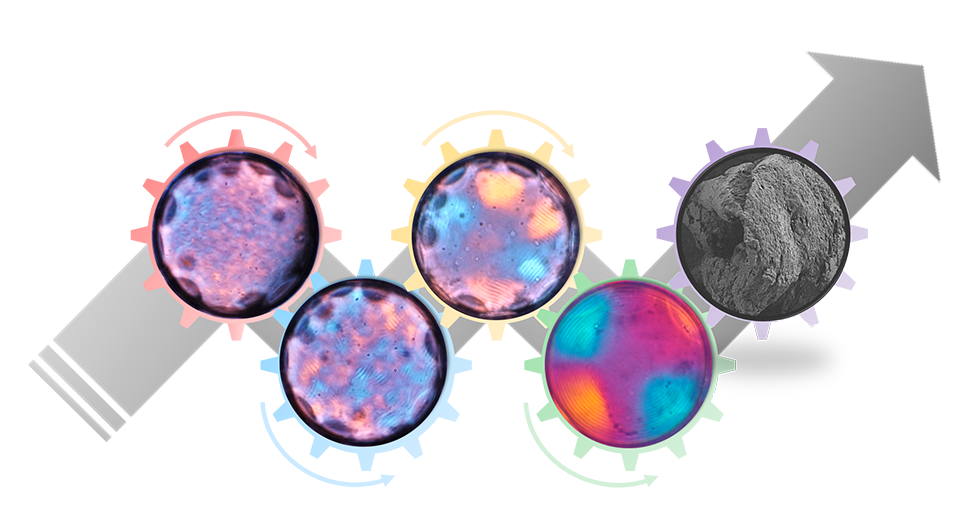
Plants, sources of inspiration to convert solar energy
Producing green hydrogen from water as plants do requires photocatalysts that are both efficient and inexpensive. It is therefore necessary to develop a noble-free photocatalyst, exhibiting higher solar-to hydrogen conversion efficiency. Our group developed a new hybrid photocatalyst composed of low cost TiO2 and carbone. The results published in Advanced Functional Materials, show that these new photocatalysts can efficiently produce hydrogen from water using visible light. For more inforamtion please see the press release in the institut national de chimie website.
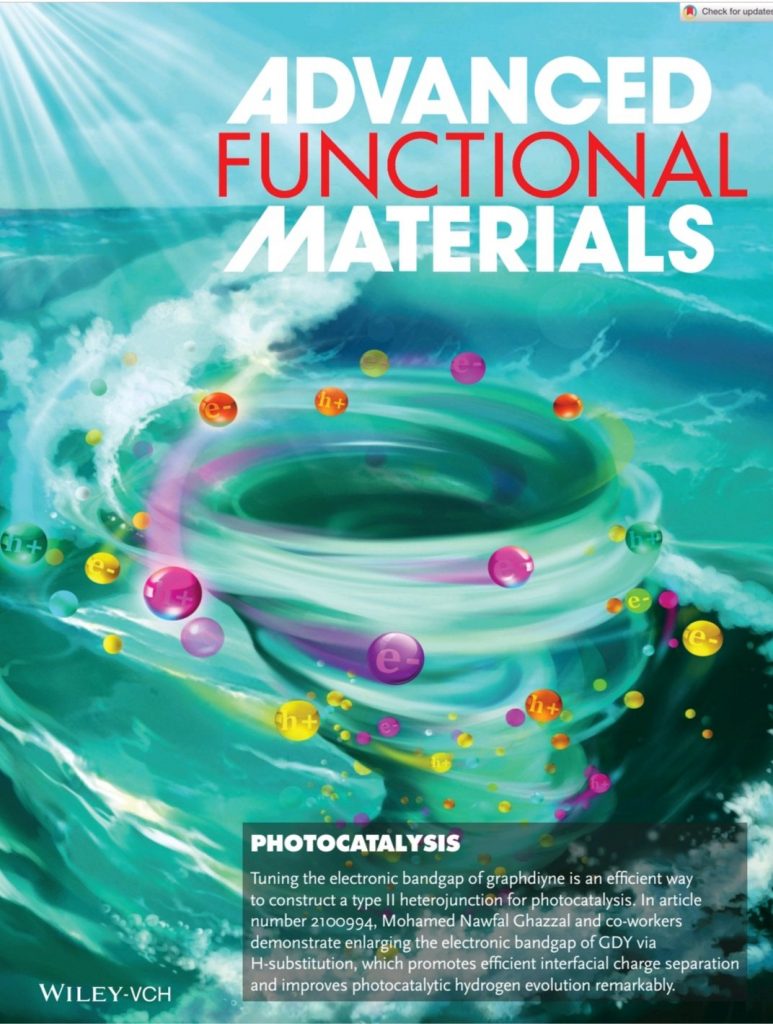
New concept of phtocatalyst and catalyst as well: Strong Metal-Support Interaction enhance the photocatalytic activity for hydrogen generation and the catalytic performance for Furfural oxidation
In this study, we propose a soft-chemistry method for the preparation of a strong metal–support interaction (SMSI) to enhance the photocatalytic production of H2 and catalytic oxidation of Furfural as well.
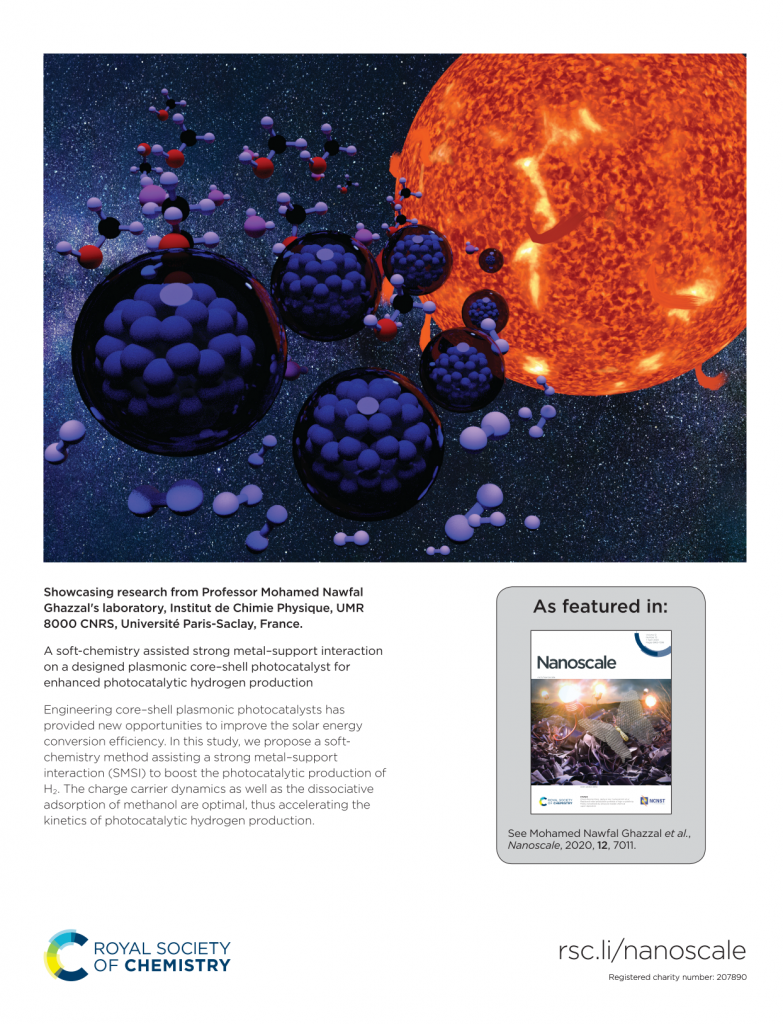
New route of photocatalyst design using Cellulose nanocrystals as biotemplate for H2 production
In this work, a one-pot method is proposed to design mesostructured TiO2 materials by taking advantage of the ability of cellulose nanocrystals (CNCs) to self-assemble into chiral nematic structures during solvent evaporation. The light harvesting capability of TiO2 is improved thanks to the light scattering by the lamellar structure obtained by sol-gel process.
